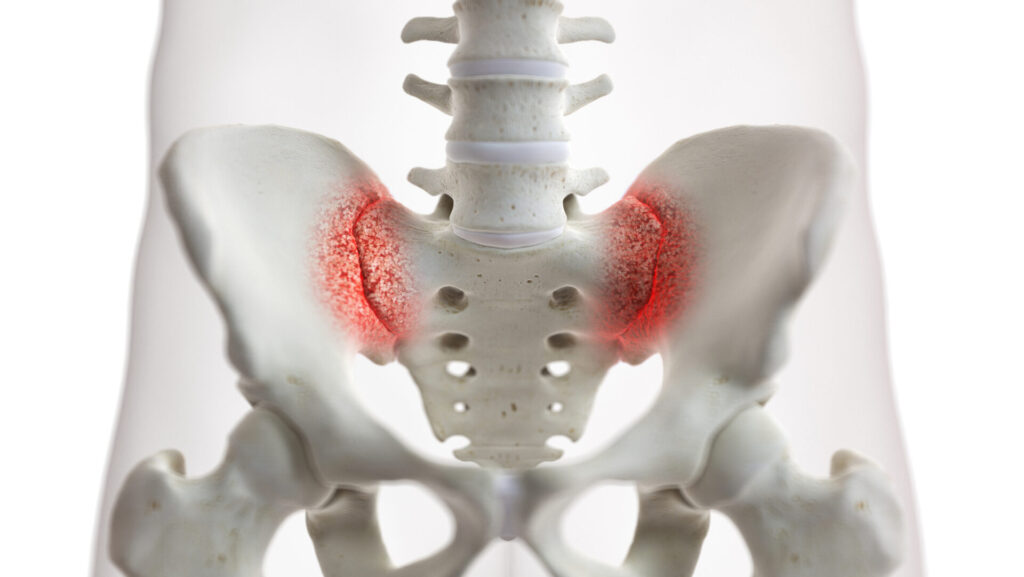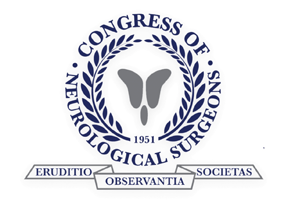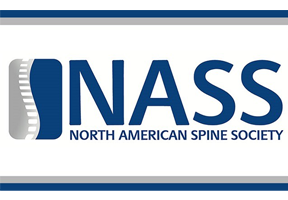There are two reasons to undergo a spinal injection:
- To diagnose an unidentified issue causing pain in your back, neck, buttocks, arms, or legs.
- To help reduce the pain in your back, neck, buttocks, arms, or legs.
It is possible to achieve both outcomes with one injection, and there are numerous injection types a doctor may recommend or require a patient to undergo. Discover the various types of injections that are effective at determining pain sources and relieving pain for patients:

Epidural Steroid Injection
Not to be confused with the epidural anesthesia injection administered to women during childbirth, an epidural steroid injection allows your doctor to deliver an anti-inflammatory corticosteroid directly to the epidural space, or the area of fluid around the spinal cord, to relieve back, arm, or leg pain. The injection treats inflammation or irritation at the affected nerve root and helps take any pressure off the nerve.
What Symptoms Can an Epidural Steroid Injection Treat?
Symptoms treated by an epidural injection include:
- Nerve pain in the back, arms, buttocks, or legs
- Numbness in the back, arms, buttocks, or legs
- Weakened muscles
- Tingling throughout the arms or legs
Who Is a Candidate for an Epidural Steroid Injection?
Patients who can benefit from an epidural steroid injection include those suffering from:
- Herniated disc
- Degenerative disc disease
- Spinal stenosis (a narrowing of the spinal canal)
- Sciatica (sciatic nerve pain in the buttocks and back of the legs)
- Spondylolisthesis (a weakened or fractured vertebra)
Where Is an Epidural Steroid Injection Administered?
The epidural steroid injection can be administered in several places, including the:
- Lower back (lumbar)
- Mid back (thoracic)
- Neck (cervical)
- Tailbone (caudal)
Your doctor will use an X-ray fluoroscope—a device that provides a clear, real-time view of the needle on a monitor—to guide needle placement and ensure the injection goes only into the epidural space.
Some patients who receive an epidural steroid injection benefit from a lifetime of pain relief. Others can expect to experience pain relief lasting for several months or years.
Nerve Root Block
A nerve root block combines an anesthetic with a steroid and is injected at the area where the nerve exits the spinal cord. Your doctor may recommend a nerve root block to identify the source of your pain, or they may recommend a nerve root block to relieve pain if they have identified its source.
What Conditions Can a Nerve Root Block Treat or Manage?
Conditions treated or managed by a nerve root block primarily include:
- Nerve root inflammation
- Scoliosis
- Bone spurs
- Degenerative disc disease
- Stenosis
- Disc herniation
- Nerve compression
Where Is a Nerve Root Block Administered?
Depending on your condition, your doctor may recommend a nerve block in your:
- Lower back (lumbar)
- Mid back (thoracic)
- Neck (cervical)
- Tailbone (caudal)
Facet Joint Block
A facet joint block is similar to a nerve root block in that it combines an anesthetic with a steroid to numb pain and reduce inflammation in the area where the patient is experiencing pain. The difference is that a nerve block targets the root’s nerve, while a facet joint block is administered to the joint space at the vertebra. Facet joint blocks can be either diagnostic to identify the source of the pain or therapeutic to relieve the patient of pain.
What Conditions Can a Facet Joint Block Treat or Manage?
Issues treated or managed by a facet joint block include:
- Inflammation
- Localized pain in the back
- Mobility issues derived from the pain you are experiencing
Where Is a Facet Joint Block Administered?
A facet joint block can be administered anywhere along the spine where vertebrae are, including the:
- Lower back (lumbar area)
- Mid back (thoracic area)
- Neck (cervical area)
- Tailbone (caudal area)
Sacroiliac Joint Block
The sacroiliac joint block is much like the facet joint block but is applied to the sacroiliac joint rather than a vertebra. The sacroiliac joint is where the spine connects to the pelvis. You have one joint on your left and right sides. If you are experiencing pain in the joint on either side, your doctor may recommend a block to relieve pain and reduce pain-inducing inflammation.
What Conditions Can a Sacroiliac Joint Block Treat or Manage?
The main condition that affects the sacroiliac joint is sacroiliitis, which causes pain and stiffness in the lower back or buttocks. Sacroiliitis is commonly caused by:
- Injury to the joint, such as a fall, car wreck, or any other incident where that area is damaged
- Osteoarthritis
- Pregnancy, which can cause the joint(s) to stretch and loosen
Where Is a Sacroiliac Joint Block Administered?
A sacroiliac joint block can be administered to either joint, your left or right, at the base of your spine and hip bones.
Medial or Lateral Branch Blocks
When a patient has pain that their doctor cannot pinpoint with traditional methods, they may suggest a medial or lateral branch block to determine where the source is coming from.
- Medial Branch Block – The medial branch is the area of the spine that carries signals from the vertebrae, or facet joints, to the brain. The goal is for the block to identify which joint houses the root cause of the pain.
- Lateral Branch Block – The lateral branch refers to the nerves connected to the sacroiliac joints. A lateral black will help zero in on the problem if the issue is located in either sacroiliac joint.
These blocks are diagnostic in nature. While they provide temporary pain relief, they do not always offer long-lasting relief like other injection options. However, some patients may benefit from pain relief for a long time after their injection.
If you have pain in your back, neck, arms, buttocks, or legs, a spinal injection from the neurosurgeons at Georgia Neurosurgical Institute may be a viable, non-surgical solution for lasting relief.
Our renowned neurosurgeons want to help you avoid surgery for as long as possible while providing the pain relief you need to regain your quality of life. Back pain can be debilitating, but a spinal injection may help you achieve relief. Learn more about your spinal injection options by scheduling an appointment with our team today: Call 478-743-7092
Georgia Neurosurgical Institute offers exceptional treatments for the brain and spine to patients throughout Middle Georgia:
- Dublin
- Forsyth
- Locust Grove
- Macon
- McDonough
- Milledgeville
- Perry
- Warner Robins
And surrounding areas!
Related Articles






